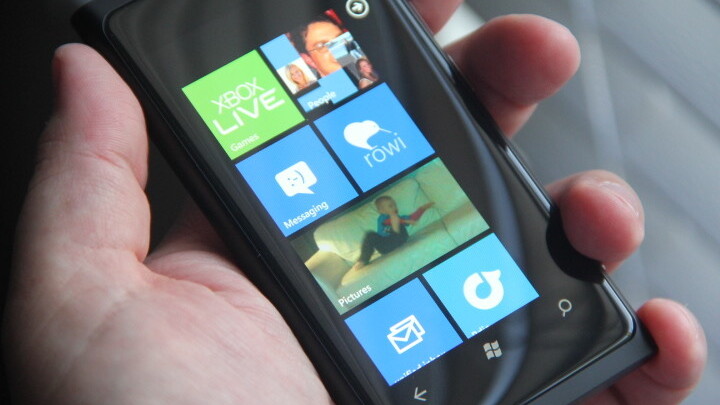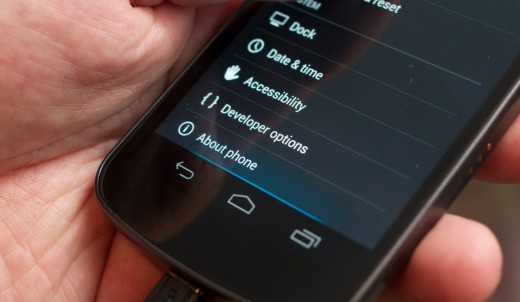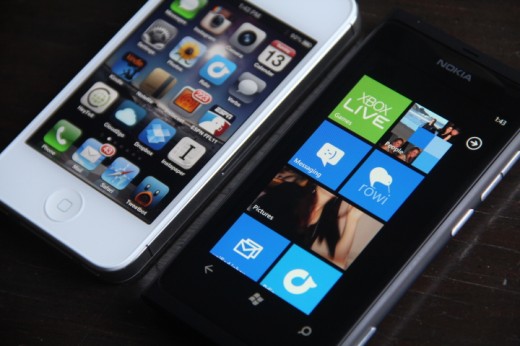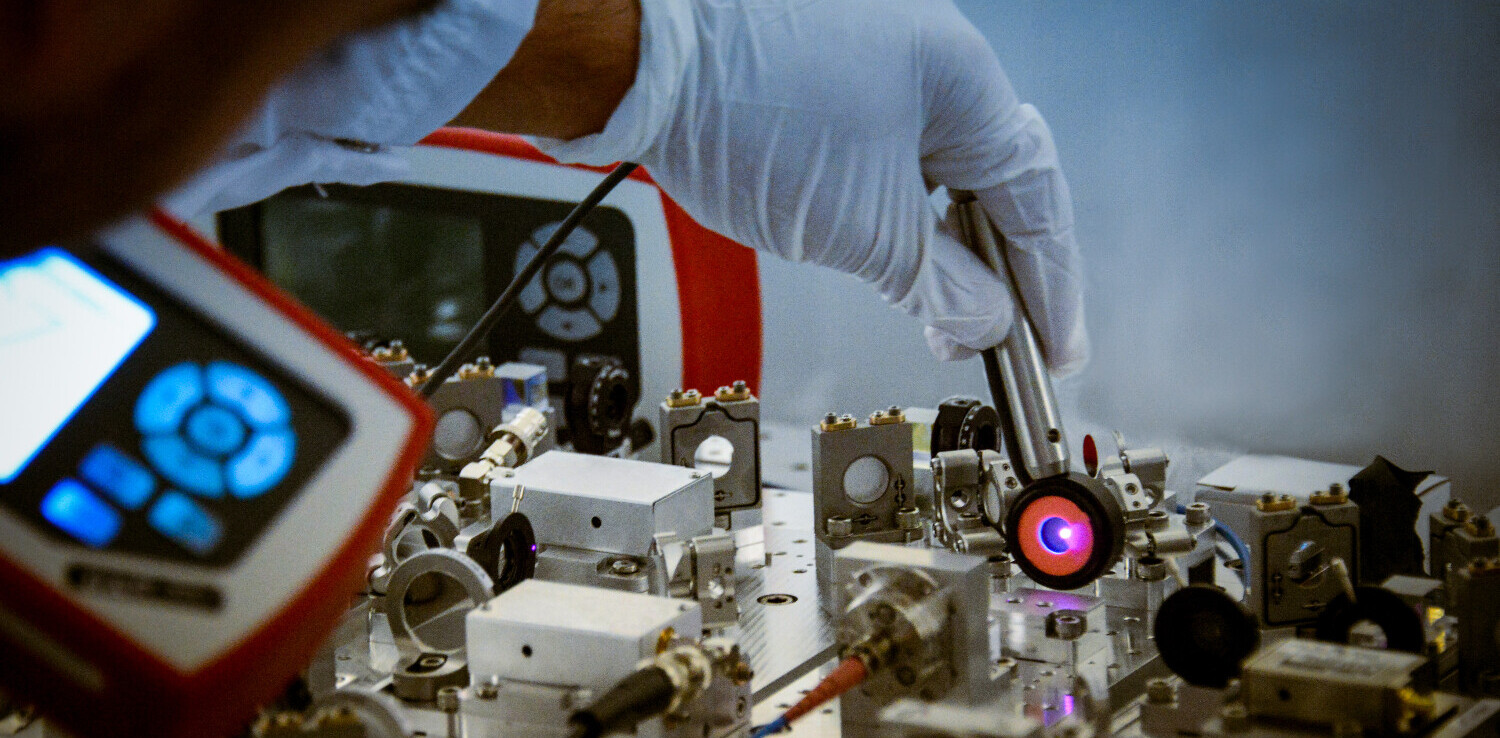
Late last week Apple won a sweeping case against Samsung when a bunch of the company’s smartphones were found to infringe on Apple’s patents. Since then, there has been a spate of discussion centered around the theory that the win will stifle innovation in the smartphone space as competitors dance around Apple’s patents.
This premise is off for a number of reasons, not the least of which is that there are already Apple competitors at work doing unique and different things in both the smartphone and tablet space. One of the most surprisingly prominent? Microsoft.
The argument that Apple has hurt innovation
There are several components to this argument that consumers are going to be ‘hurt‘ by the verdict. Primary among those is that it will slow down the production of new and interesting products as, apparently, Apple has patented all of the good ideas.
That’s just silly.
Arguing that the only way for companies to move forward is to copy what Apple has already done is an argument against innovation, not for it. Just because Apple patented things like bounce-back and touch-scrolling doesn’t mean that there aren’t other ways to do that. Heck, Google already knows this, that’s why it has added a glowing edge effect to Android that tells users when they’ve reached the end of a scrolling page.
Just because the bounce effect is cool and pleasurable doesn’t mean that it is the only way to do things. Nor does it even mean that it’s the only delightful way to do it. But that way is Apple’s, so find a different one.
Another argument is that Samsung, and other competitors, will now have to spend so much extra money developing products that don’t infringe on Apple’s patents that the costs will have to be ‘passed on to the customer’. This is a classic lapse in logic. Samsung chose to take the easier and less expensive road by outright copying Apple’s overall iPhone design, as well as many specifics about the look and feel of its software.
That ‘extra money’ people talking about? That’s money Samsung should already have spent to develop its own products instead of copying Apple’s.
If Samsung’s devices cost more, or if they have to spend more on R&D, then this is just an equalization of its expenses, bringing it up to the level that it should have been in the first place. Copying work that has been done before is cheaper and faster. Building your own products from the ground up is harder, slower and more expensive. Now Samsung just has to join the party.
The saddest part of the whole saga is that Samsung knows better. It’s a company that makes top-notch processors and other components, some of the best televisions on the market and a host of other products. This is not some low-rent company without the resources to hire talent and push them to do good original work. Samsung is a class-A technological powerhouse and it needs to start acting like it in the smartphone and tablet space.
Microsoft: Doing its own thing
For nearly a decade, Microsoft has been in the business of protecting Windows and Office as its biggest money makers. Microsoft is an enormous ship, with hundreds of millions of customers using an OS that hasn’t changed it’s essential makeup in a very long time.
Then, over the last two years, it launched a complete overhaul of its mobile and Windows experiences with Windows Phone and Windows 8. The designs are bold and different, unlike any other product on the market, including any from Google or Apple.
You can argue about the degrees of boldness that Microsoft is displaying here. Windows 8 still rests on top of a traditional desktop in some of its iterations, and it’s already waffling on the Metro naming convention and cluttering up product choices with too many options. But what you can’t argue is that anything about the overall look of the desktop or mobile OS is a ripoff of any competitor.
Microsoft managed, even in the face of iPhone and Android device dominance and a laggy entrance into the market, to develop something completely fresh and unique, period.
I don’t think that it’s any coincidence that the Nokia Lumia devices have been some of the most consistently well-reviewed non-iPhone smartphones. Nor is it surprising that the Lumia kept surfacing in the trial as an example of how to do things differently but still do them well. Nokia and Microsoft struck the right balance, coming to the same epiphany in 2011 that Apple did in 1979: merging hardware and software in the same development process is the best way to create truly great products.
And what resulted was not only different, it was great. Good enough to stand toe-to-toe with the iPhone.
And don’t think that what Microsoft is doing right now is easy just because it has the resources. Trying to change the entire direction of such monolithic organization is not an undertaking for the fainthearted. If Microsoft screws up Windows 8, Metro* and Windows Phone, it has the potential to lose customers by the bucketload. What it’s doing is ballsy, period.
Microsoft waded into the mobile race late, but it did it on original footing, and by strategically licensing Apple design patents that it knew would overlap with its plans. You know, like a grownup. Ironically, some folks have argued that those Lumia phones haven’t sold well, despite being innovative. I’m not sure what the angle is there, perhaps that copying Apple is the only viable way to do business?
It’s far more likely that a lack of developer support and the entrenched base of iOS and Android users have stymied Microsoft so far, but it’s not giving up, by a long-shot. And if the Surface tablets are any indication, it’s still planning on attacking the market in its own unique way.
The challenge
Android is an incredibly important development, regardless of how Steve Jobs felt about it cribbing from Apple. The introduction of a freely available and highly customizable operating system to compete with Apple shouldn’t make anyone angry, least of all people who use Macs or iPhones.
Competition is great, it drives improvement towards the better and we should all be fans of ‘good’, not fans of brands. But cloning isn’t competition and the best way to compete these days is to do so by carefully integrating an OS with the devices that it runs on.
Unfortunately for most OEM manufacturers of Android devices, the company most uniquely poised to duplicate Microsoft and Apple’s success in melding hardware and software well is the Google-owned Motorola. Yes, yes, Google just bought it for patents, sure. Don’t think for a minute that Google didn’t also buy Motorola to secure its own hardware destiny.
So that leaves other OEMs like Samsung and HTC with a harder task: create unique hardware that differentiates itself on major and minor levels of detail as well as customizing the operating system of an effective competitor without destroying its usability.
But no-one said that success in the smart phone business would be easy, especially if you’re forced to succeed based on originality.
Note: Please take no offense at the colloquialism in the title, it has no gender significance.
*I’m still calling it that, so sue me
Get the TNW newsletter
Get the most important tech news in your inbox each week.







